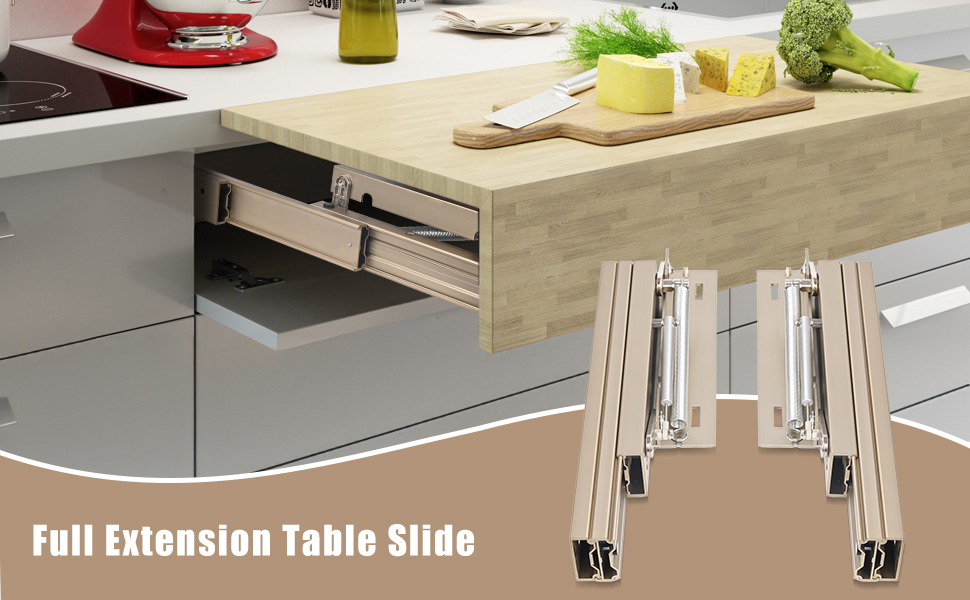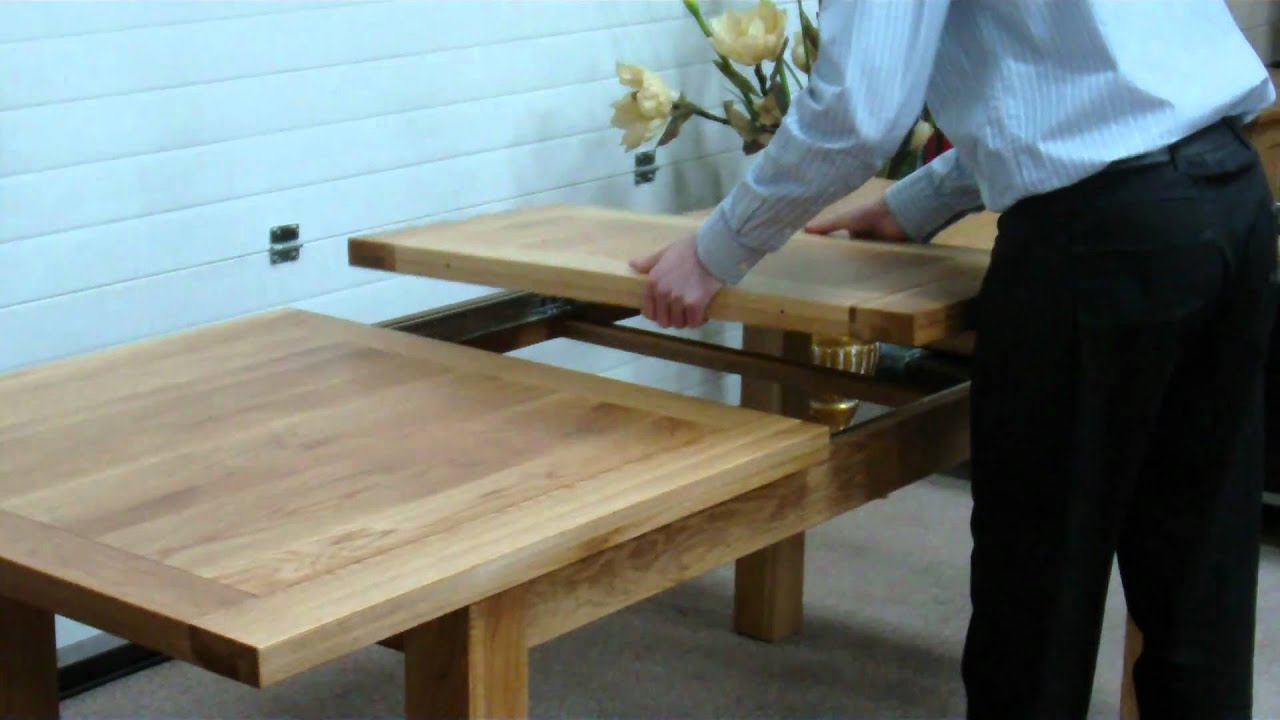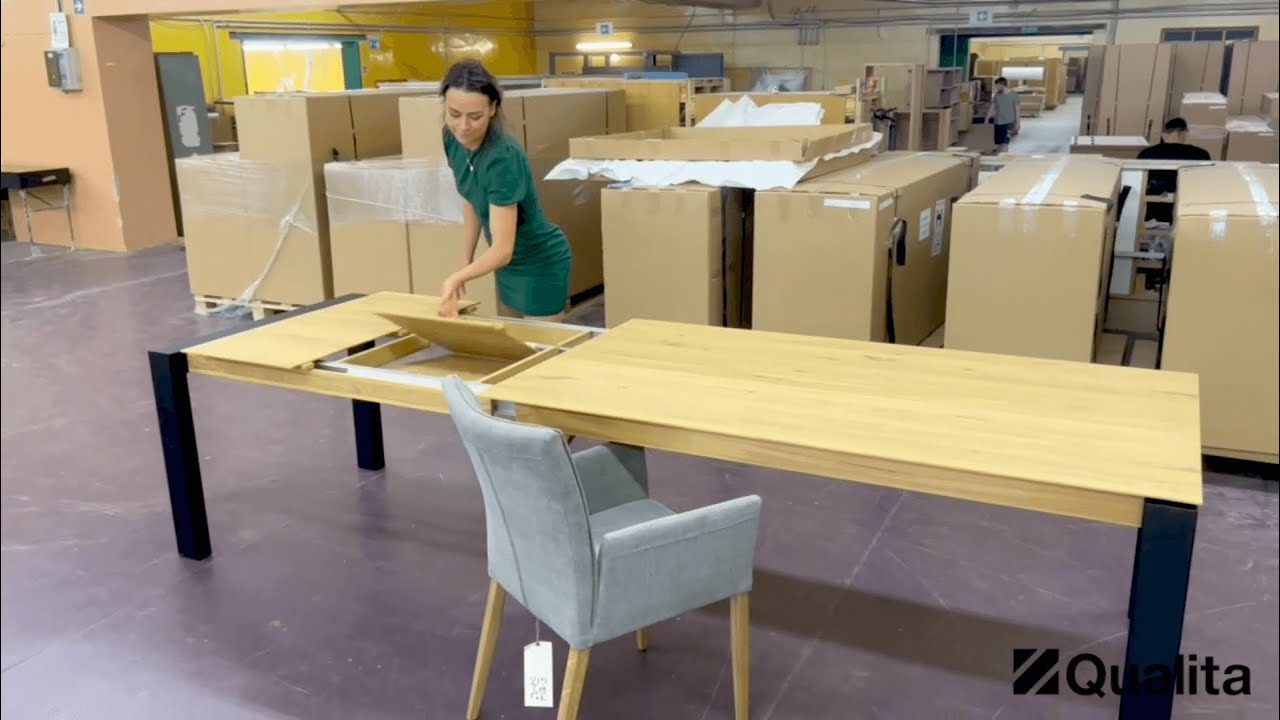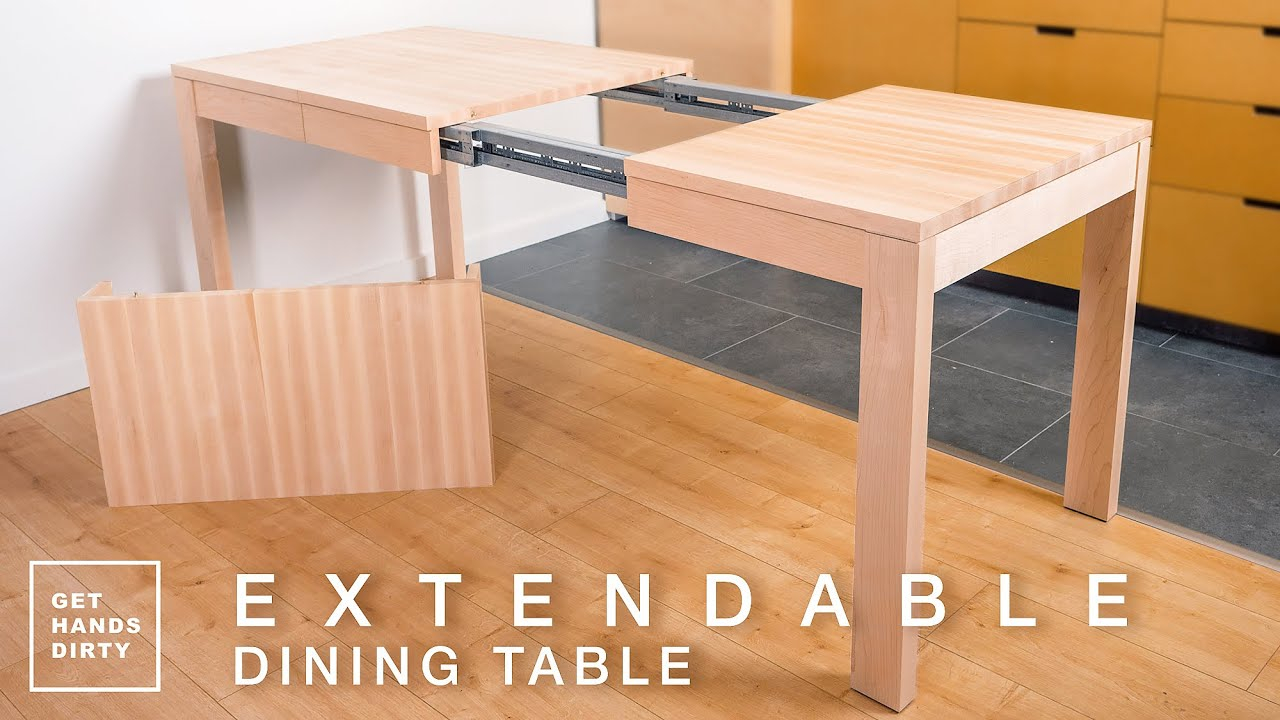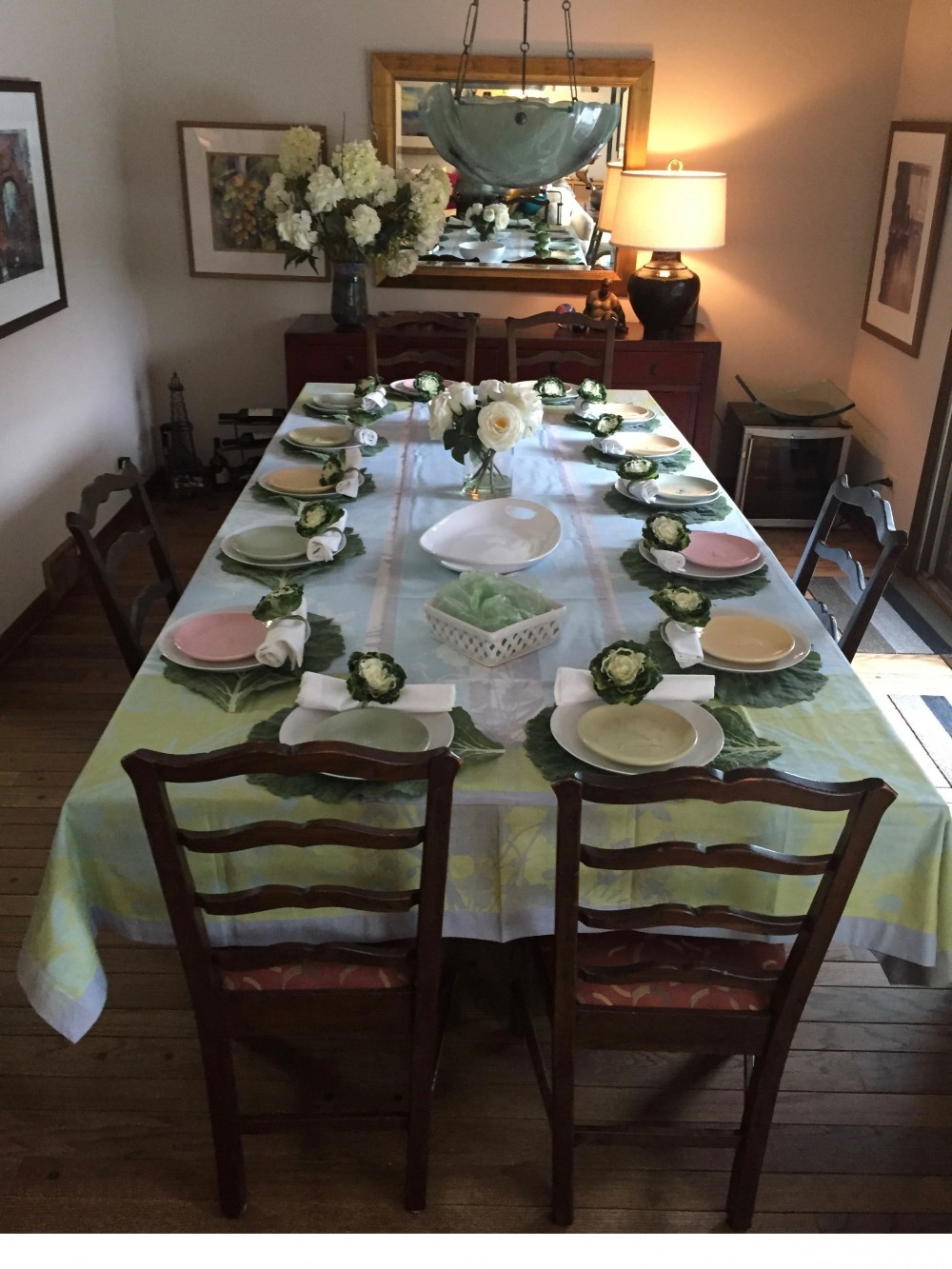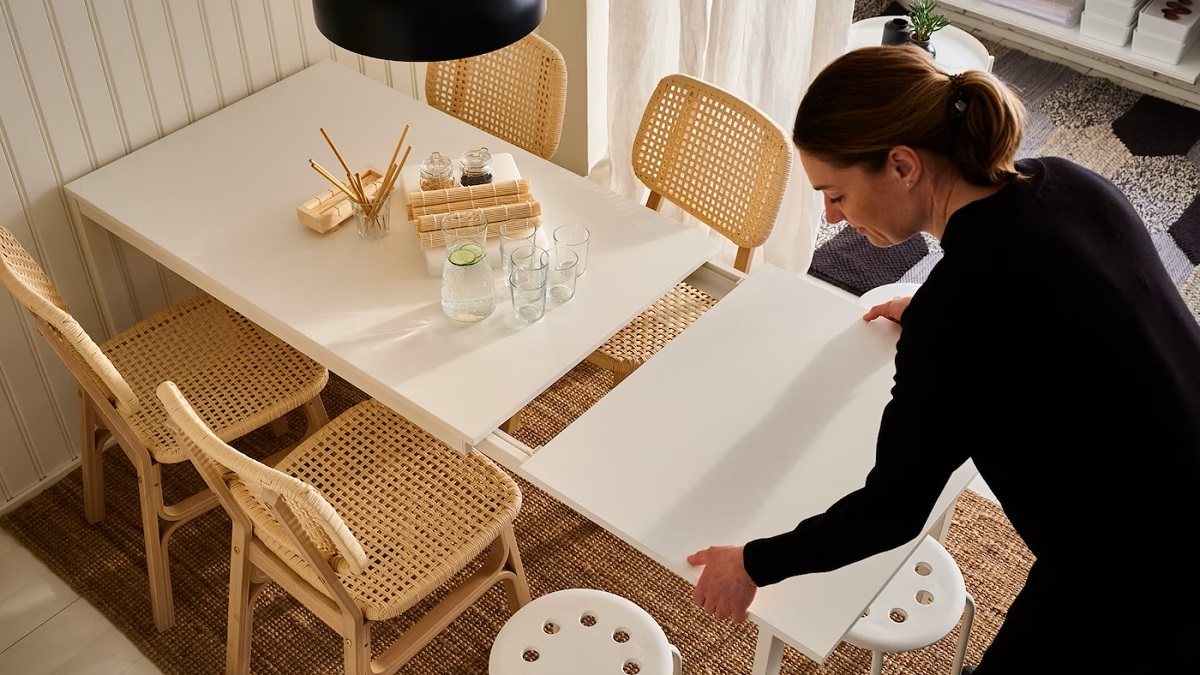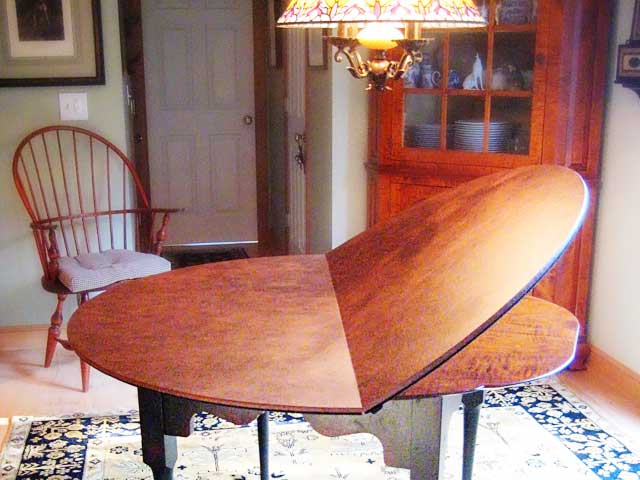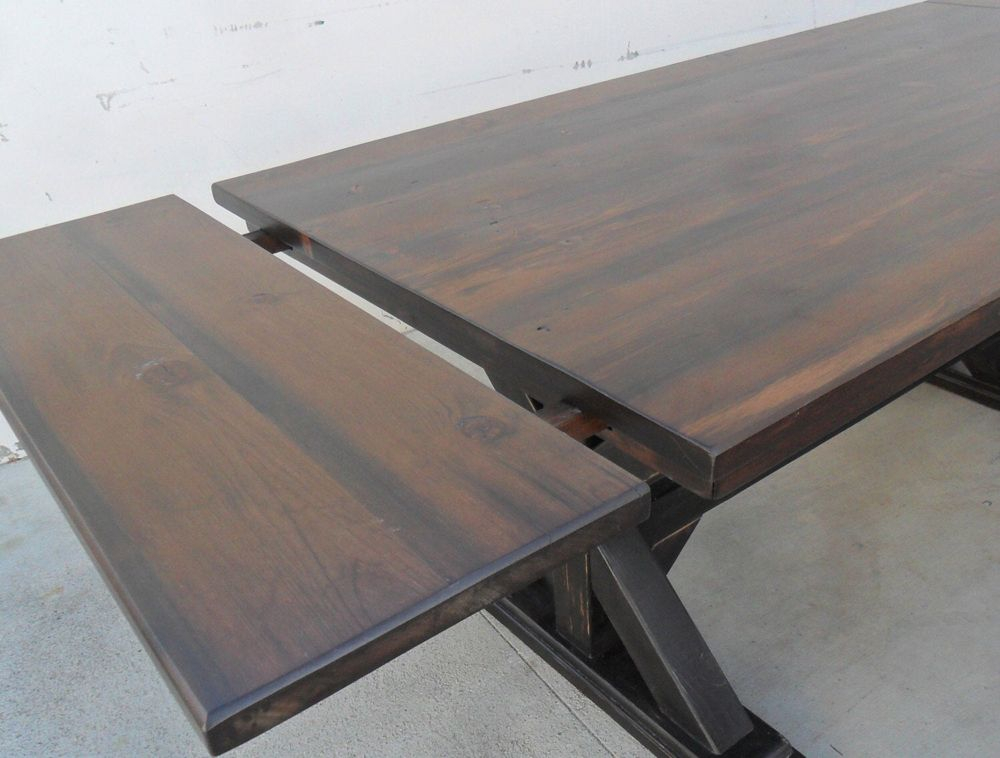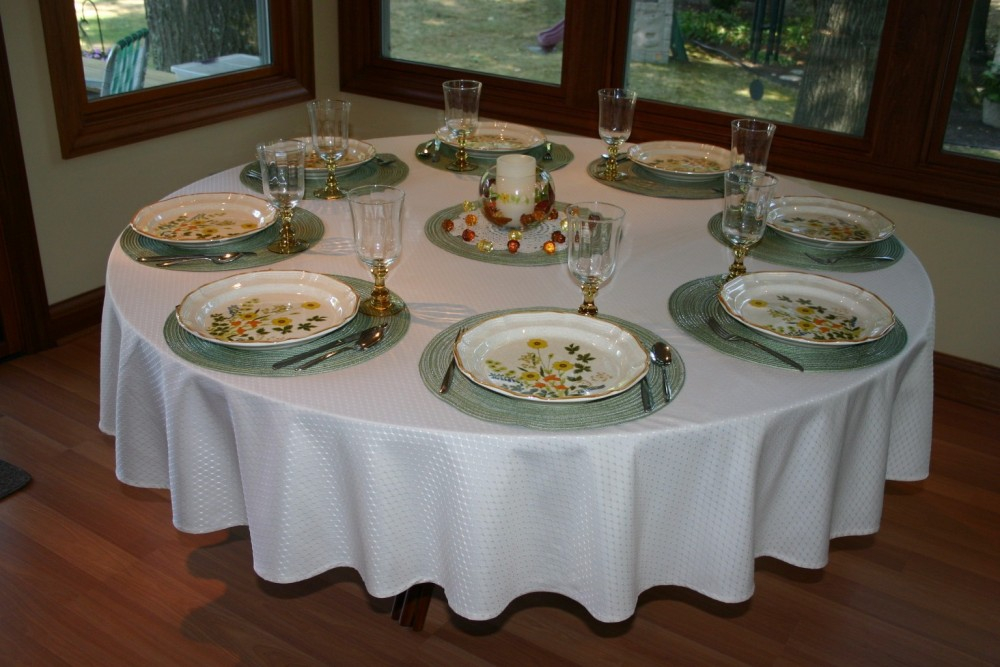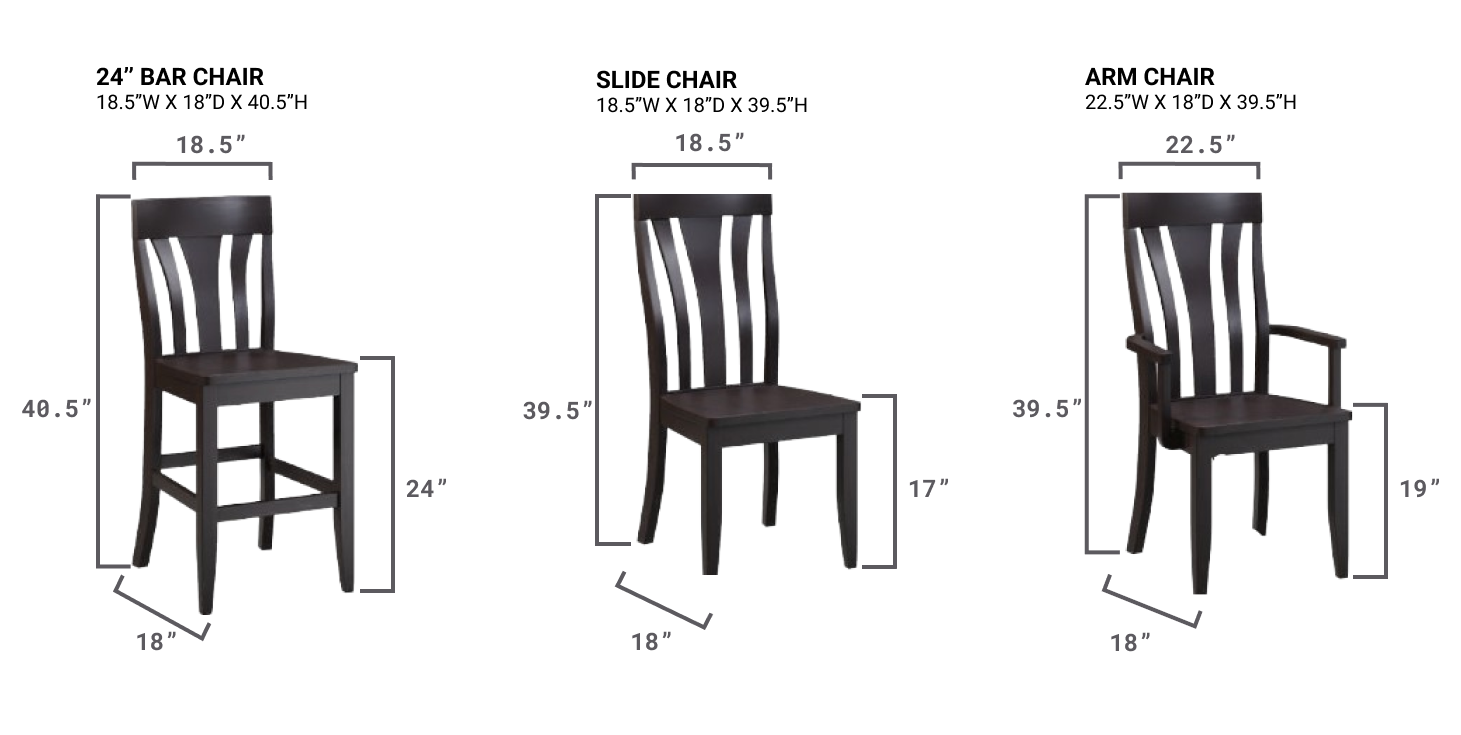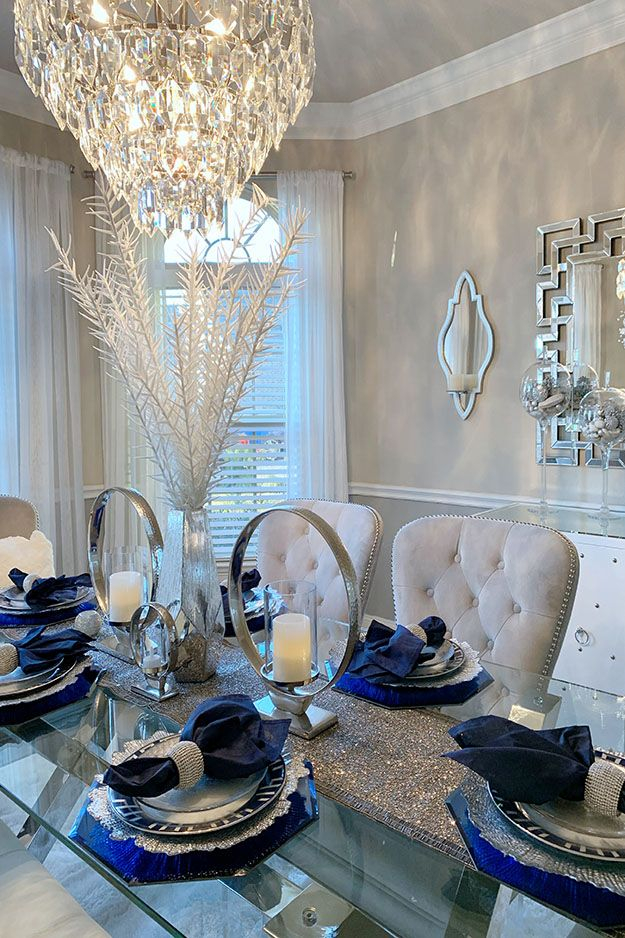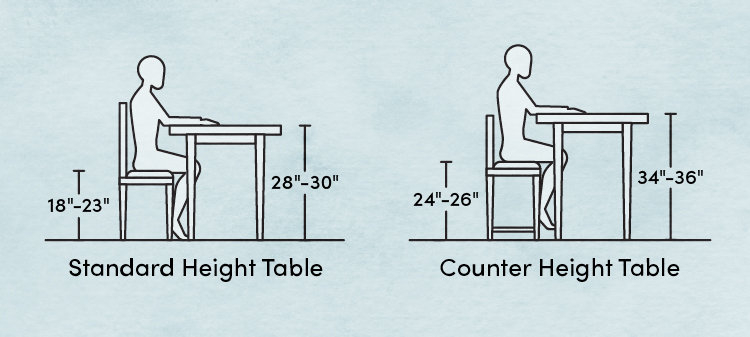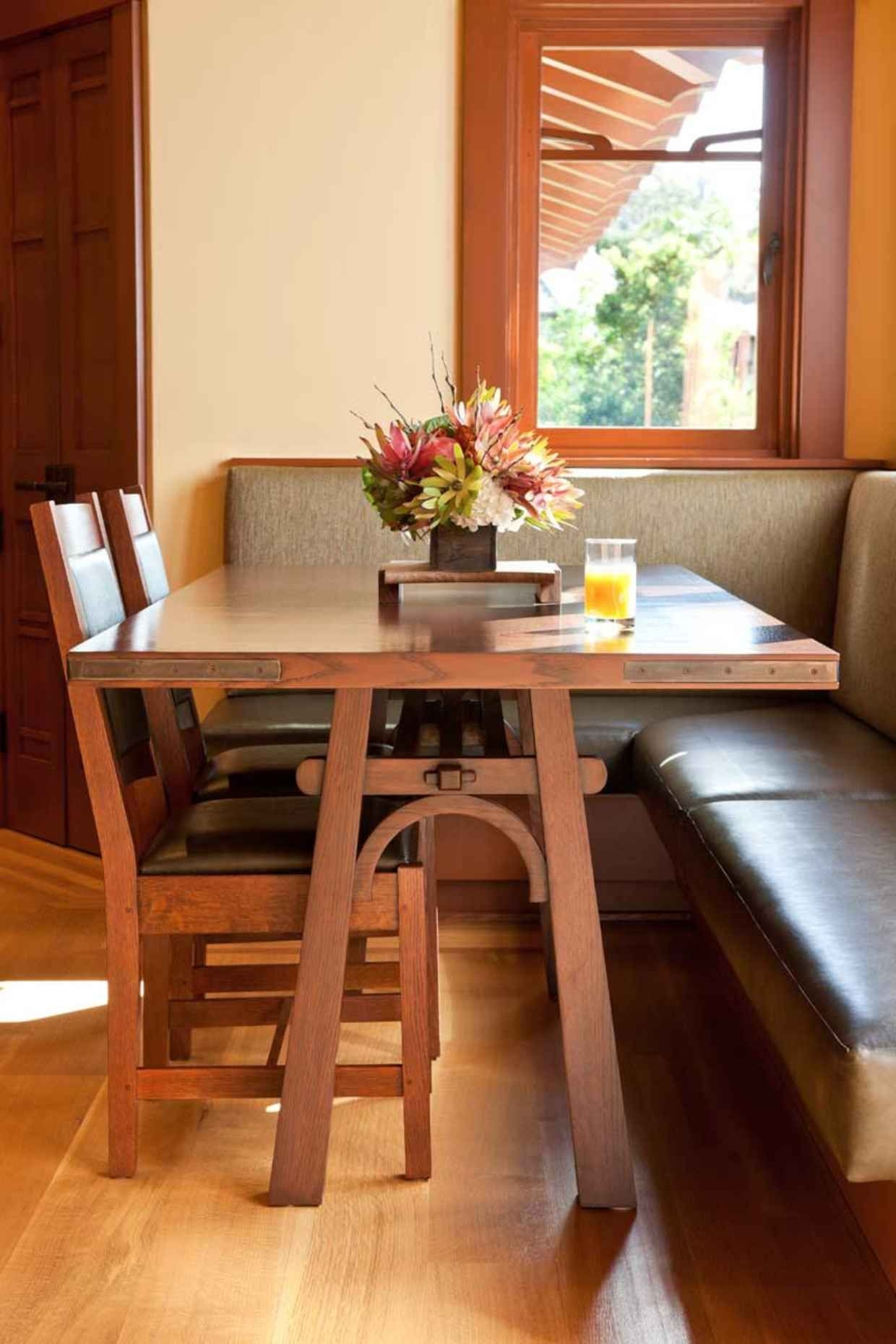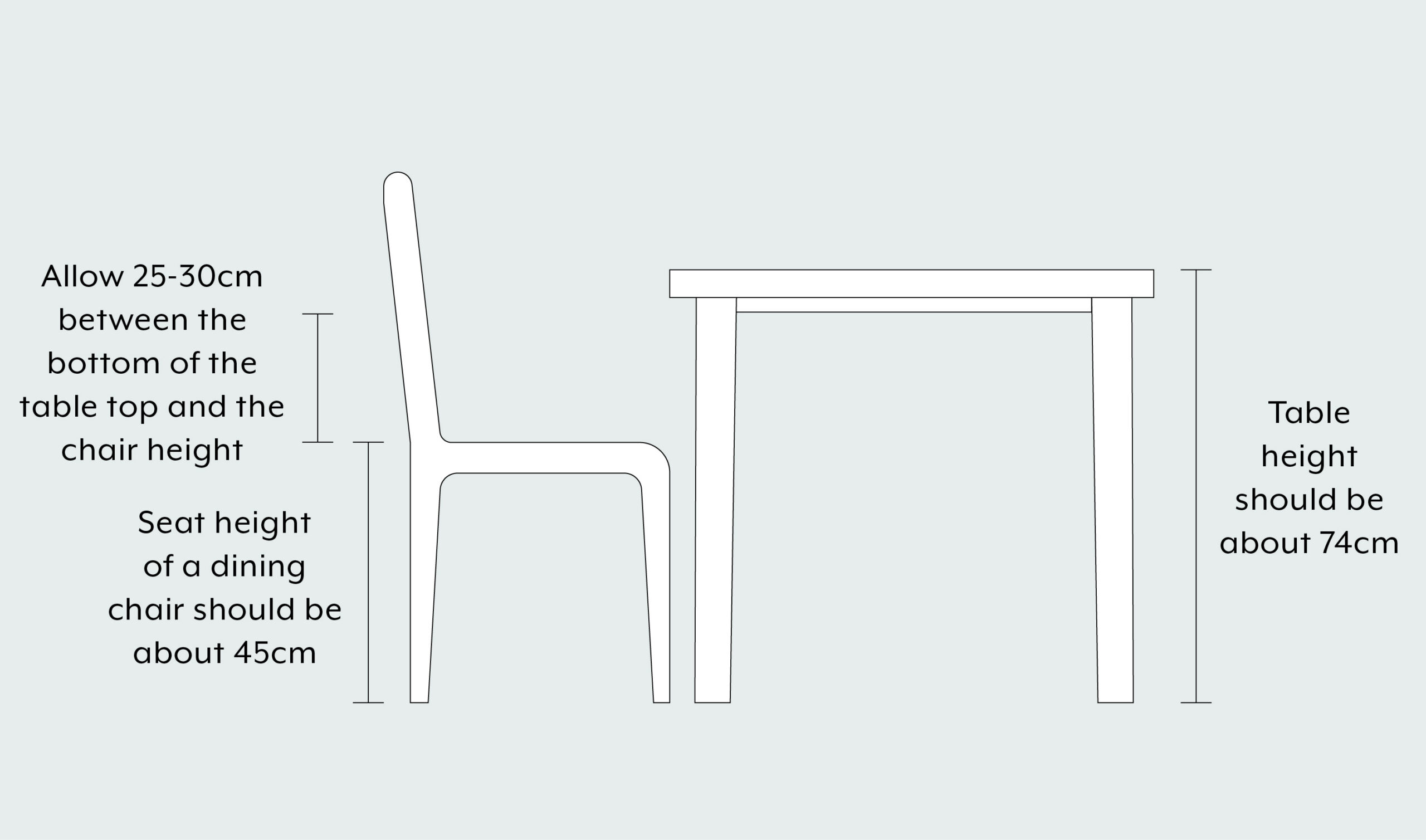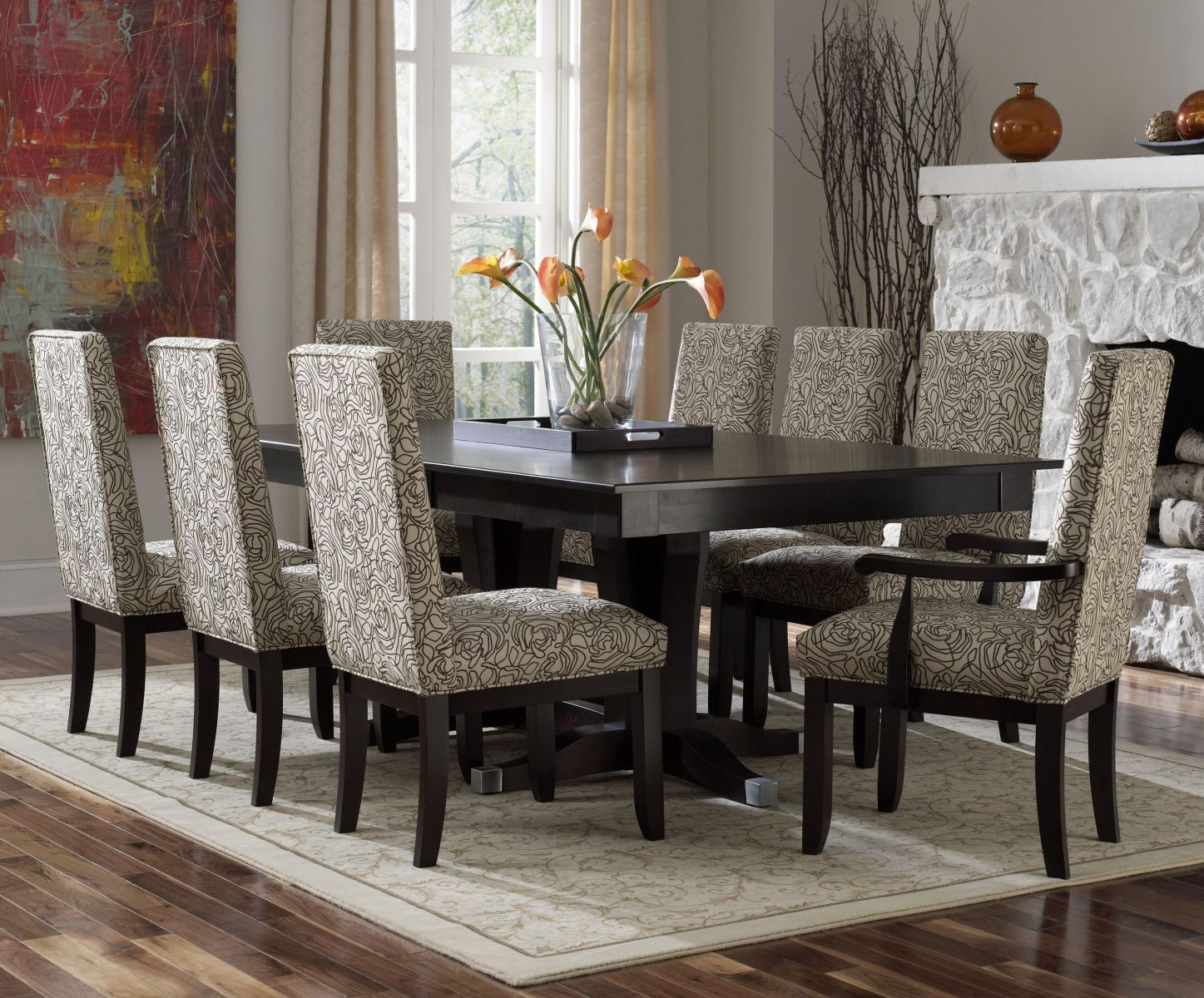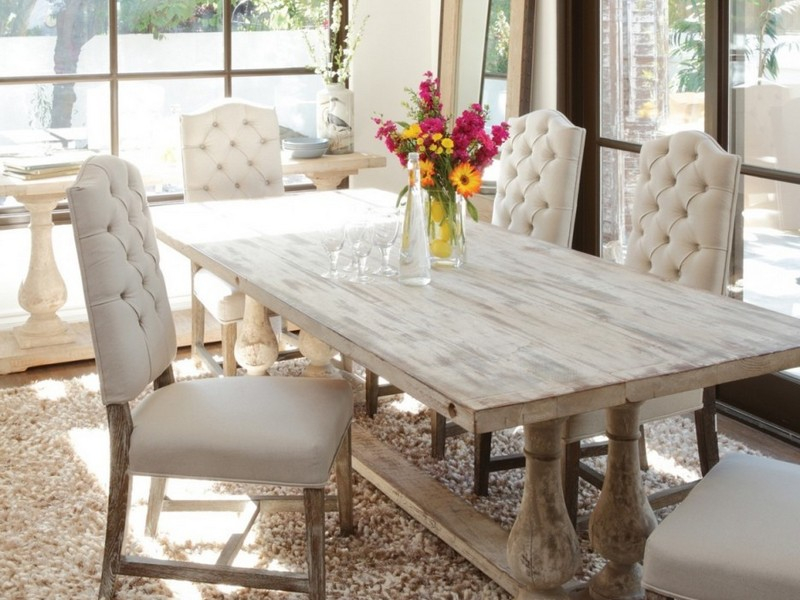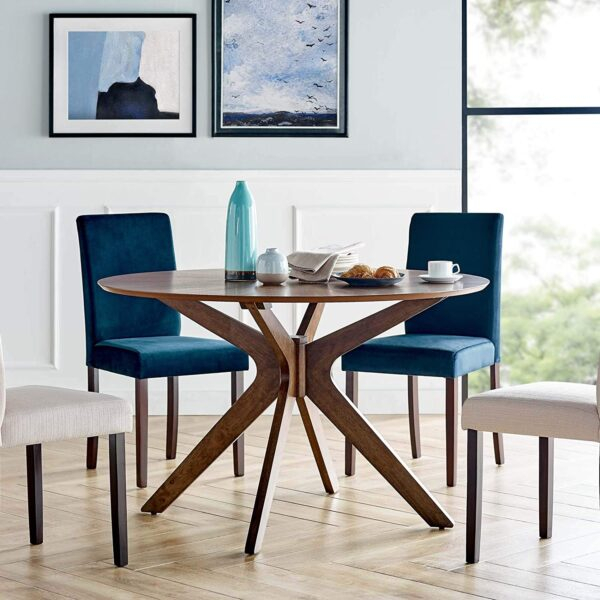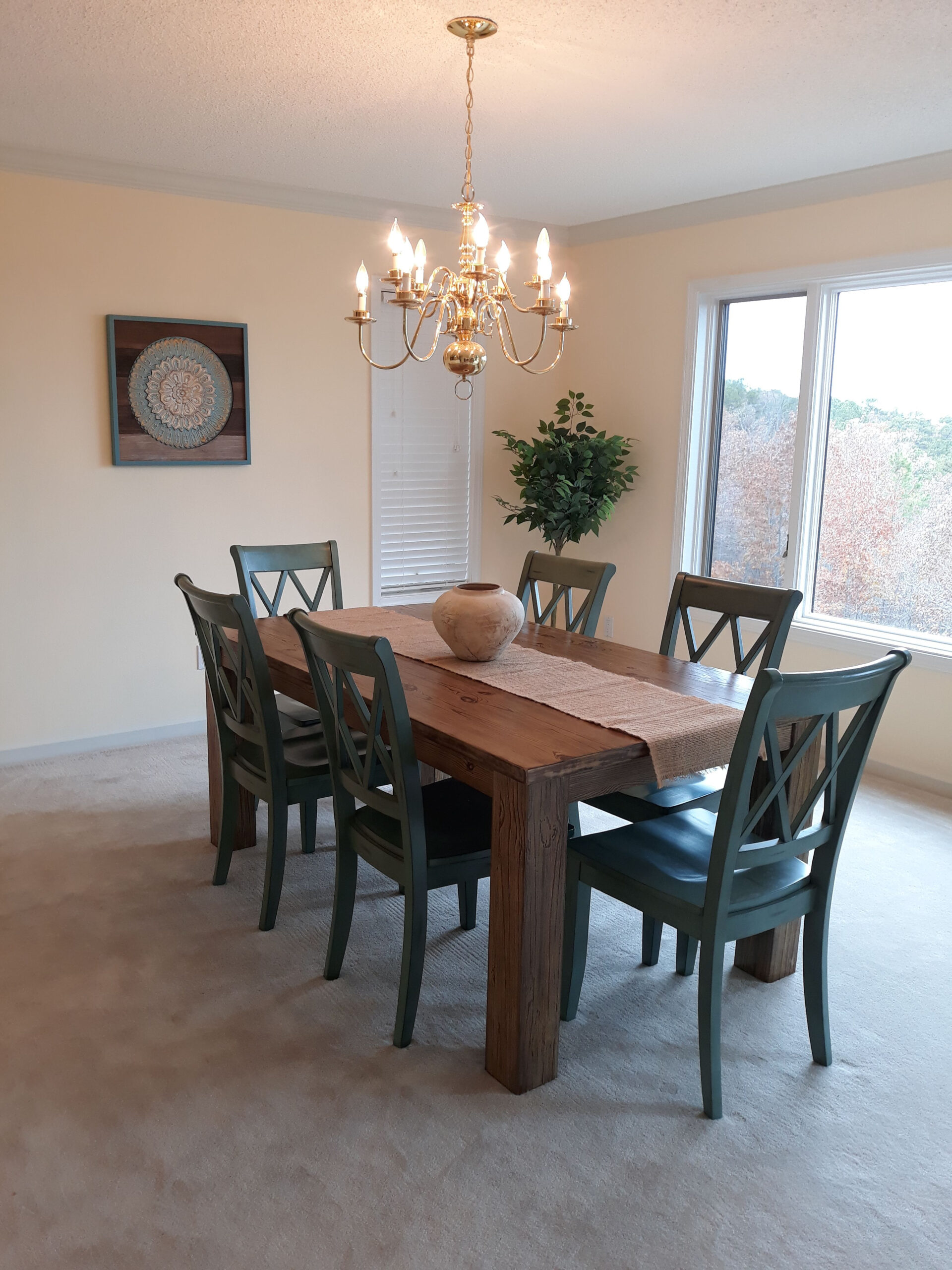Ever feel like your dining table just isn’t cutting it when guests arrive, or perhaps your everyday workspace feels a bit cramped? You’re not alone. Many of us juggle the desire for ample entertaining space with the reality of everyday living in homes that aren’t always palatial. But what if there was a simple, elegant solution to expand your surfaces when you need them most? Enter the table extender – a clever invention designed to give your existing table a new lease on life and a whole lot more surface area. It’s more than just an accessory; it’s a space-saving hero.
Think about those holiday gatherings, those impromptu dinner parties, or even just needing a little extra room for a craft project. Suddenly, your trusty dining table feels… well, a bit too trusty and not nearly expansive enough. This is where the humble yet mighty table extender shines. These ingenious devices can dramatically increase the usable area of your current table, making it more versatile and functional. But with so many types and styles available, how do you pick the one that’s just right for your home and your lifestyle? Let’s dive in and explore the wonderful world of table extenders.
Understanding the Different Types of Table Extenders
Before you start shopping, it’s super helpful to know what’s out there. Table extenders aren’t a one-size-fits-all deal, you see. They come in several main varieties, each with its own benefits:
- Leaf Extenders: These are probably the most common. They’re extra sections of tabletop, usually made from the same material as your existing table, that slot into the center or ends of your table. Some tables come with built-in storage for these leaves, which is a real bonus. They create a seamless look and feel.
- Folding Leaf Extenders: Similar to leaf extenders, but these fold up neatly when not in use. They might be a bit more compact for storage and can sometimes be easier to manage solo.
- Drop-Leaf Extenders: These are often integrated into the table itself. They’re side sections that can be folded down when you don’t need the extra space, effectively making your table narrower. Perfect for smaller spaces that need flexibility.
- Tabletop Mats and Overlays: While not strictly ‘extenders’ in the structural sense, these can create a larger, more unified surface for specific activities. Think of a large mat for a craft session that covers your main table and a bit of the surrounding area. They’re great for protecting your table too.
- Freestanding Extension Tables: These are a bit different. They look like standalone tables but have mechanisms to extend their length or width. While not adding to your existing table, they offer a similar benefit of expanding your surface area from a more compact form.
Key Factors to Consider When Choosing
So, you’ve got an idea of the types. Now, let’s talk about what really matters when you’re making your selection. It’s all about matching the extender to your specific situation and preferences. Think about these crucial points:
- Your Existing Table: What’s the material and style of your current table? You’ll want an extender that complements it. If you have a beautiful wood grain, a matching wood leaf will blend in much better than a plastic one. Also, consider the shape – round, square, rectangular. The extender needs to fit the mechanism or intention of your table.
- Space and Storage: How much extra space do you actually need? Measure your current table and then measure the maximum space you have available. Equally important is where you’ll store the extender when it’s not in use. Some fold away, some slot into the table, and others might need a dedicated cupboard or closet.
- Ease of Use: How easy is it to set up and take down? If you’re often hosting solo, you’ll want something you can manage without a wrestling match. Look for smooth extension mechanisms and a weight that’s manageable for you.
- Material and Durability: Extenders are available in wood, laminate, glass, and more. Consider how the material will hold up to use and how it matches your existing table’s durability. A well-made extender should feel sturdy and stable when in place.
- Budget: Like anything, prices can vary significantly. Determine how much you’re willing to spend. Sometimes, investing a little more in a higher-quality extender can save you headaches down the line with durability and ease of use.
Measuring Up: Getting the Dimensions Right
This is where precision really comes into play. A table extender that doesn’t fit properly is more of a nuisance than a solution. So, grab your tape measure and let’s get to it.
First, measure your existing tabletop’s length and width. Note any curves or specific shapes. Then, determine how much additional surface area you need. Do you want to add just a foot for a few extra place settings, or do you need to double the length for a big family reunion?
If you’re looking at leaf extenders, you’ll need to know the dimensions of the gap in your table where the leaf will insert. Some tables have a specific slot, while others might have a mechanism that pulls the table apart. Measure this opening carefully.
For drop-leaf or folding extensions, consider the dimensions when they are both down and up. Ensure that when they’re down, they don’t obstruct your seating or walkways. When they’re up, make sure they provide a stable and usable surface that’s level with your main table.
Aesthetics and Integration: Blending In
It’s not just about function; it’s about how it looks too, right? An extender shouldn’t look like a clumsy afterthought. The best extenders are those that seamlessly integrate with your existing table, almost as if they were always meant to be there.
If your table is made of a particular wood, like oak or walnut, try to find an extender in a matching wood and finish. This creates a cohesive and elegant look. For tables with glass or metal elements, look for extenders that use similar materials.
Consider the edge details and the thickness of the tabletop. A good extender will have similar profiles so that the transition is subtle. Sometimes, even the color can make a big difference. If you can’t find an exact match, choosing a complementary color or a neutral tone can work well. The goal is to enhance your table, not detract from its beauty.
Practical Tips for Using and Maintaining Your Extender
Once you’ve got your perfect extender, a little care goes a long way to keep it looking great and functioning smoothly. Here are some pointers:
- Test It Out: Before your big event, set up the extender a few times. Get a feel for the mechanism and ensure it’s stable. This also gives you a chance to check for any wobbles or alignment issues.
- Protect Your Surfaces: When using the extender, especially for dining or crafting, consider using placemats, tablecloths, or protective mats. This shields both your table and the extender from spills, heat, and scratches.
- Proper Storage: When not in use, store your extender properly. If it has a dedicated storage solution, use it. Otherwise, find a dry place where it won’t be subjected to extreme temperatures or humidity, which can warp wood. Wrap delicate surfaces like glass in a soft cloth before storing.
- Cleaning: Follow the manufacturer’s instructions for cleaning. Generally, wood extenders can be wiped with a damp cloth and dried immediately. Avoid harsh chemicals. For laminate or glass, a mild cleaner usually suffices.
- Check the Mechanism: Periodically, check the screws and hinges on folding or sliding mechanisms. A little tightening can prevent future problems and ensure smooth operation.
When an Extender Might Not Be the Best Fit
While table extenders are fantastic for many situations, they aren’t always the ultimate answer. It’s good to be aware of when another solution might be more appropriate for your needs.
If your current table is quite small and you frequently need a much larger surface, a single extender might not provide enough space. In such cases, a larger table or a dedicated extendable table might be a better long-term investment.
Also, if you have very limited storage space and your table doesn’t have built-in leaf storage, a bulky extender could become a storage challenge. Some extenders are quite heavy and awkward to move and store, which might be a concern for individuals with mobility issues or very tight living quarters.
Finally, if your existing table is old, unstable, or not designed to accommodate an extension, trying to force an extender onto it could lead to instability and damage. In these instances, it might be time to consider a new table altogether.
Choosing the right table extender is all about understanding your needs and the options available. By considering the type, dimensions, materials, and how it will integrate with your current decor, you can find a solution that truly transforms your dining or living experience. No longer will you have to cram everyone around a too-small surface or forgo hosting because of space limitations. With the right extender, you can effortlessly expand your table, and with it, your ability to gather, celebrate, and create. It’s a simple yet powerful way to unlock more space and make the most of your home. Happy extending!

